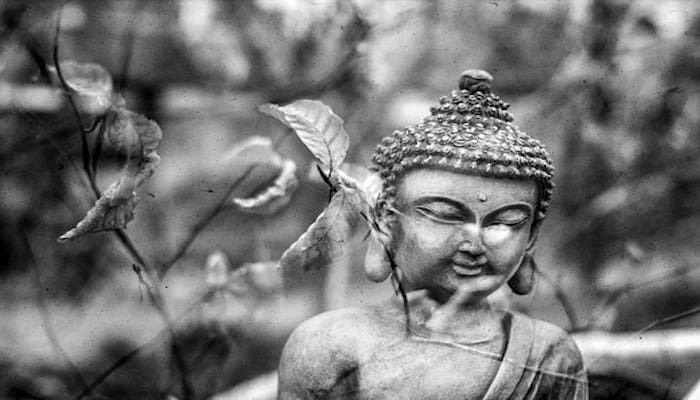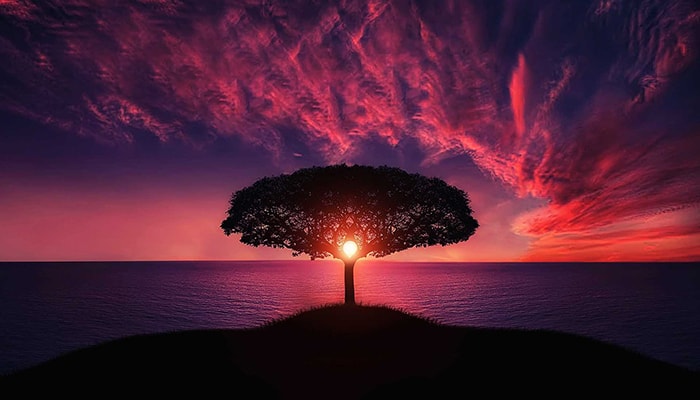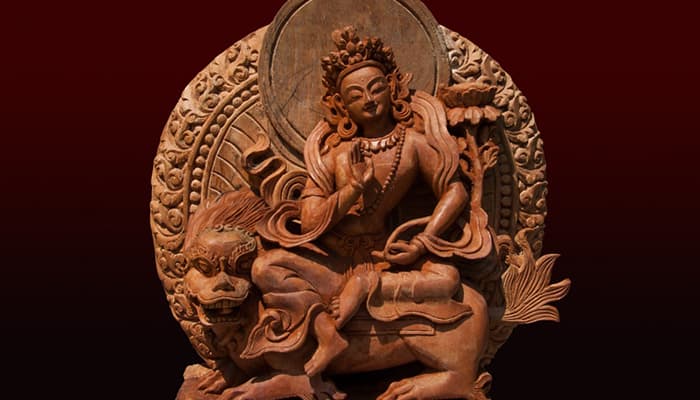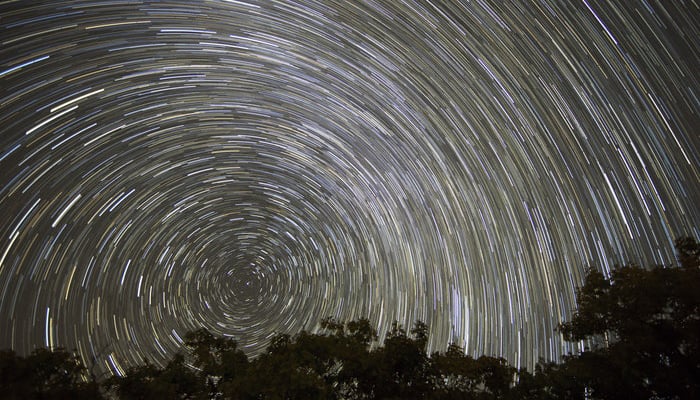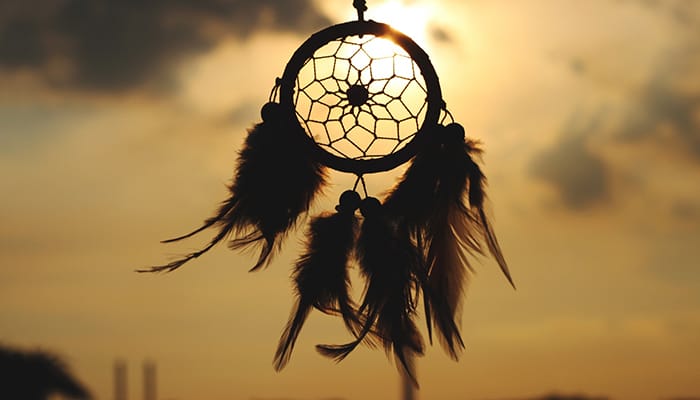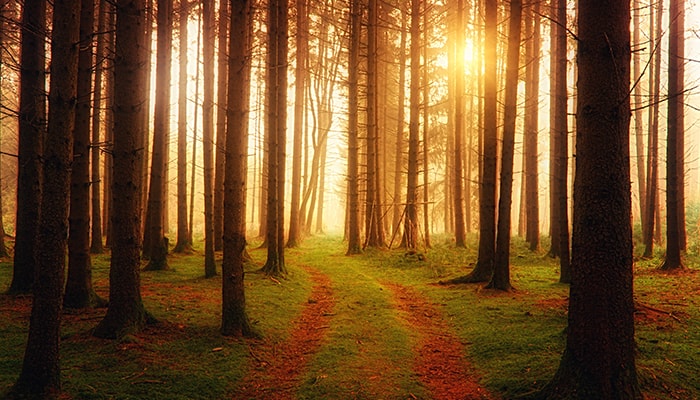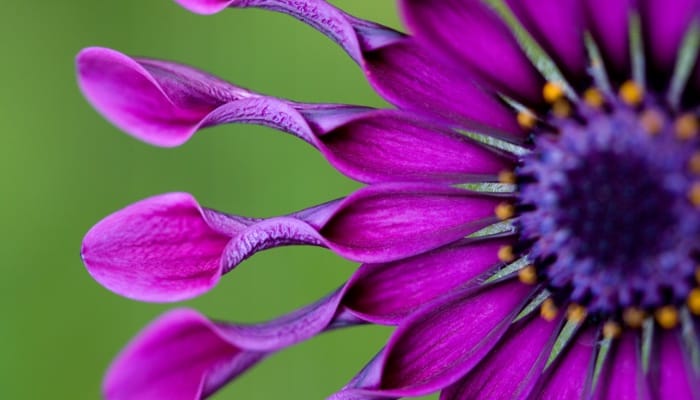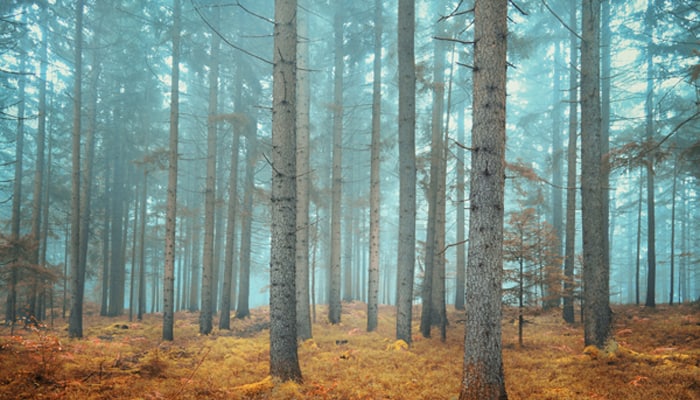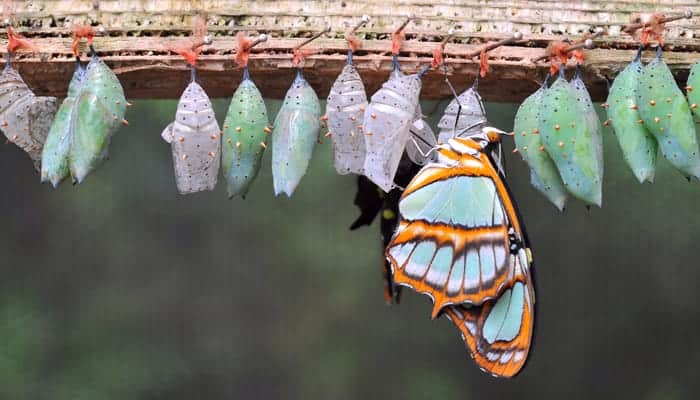Category: Article
Article: The Journey: Buddhism and Shamanism at the Crossroads
By Isa Gucciardi, Ph.D.
We live in a time of paradox. On the one hand, wars and conflicts of all sorts rage all around us. The Earth is buckling under the effect of them. We also live in a time where there are opportunities for innovative solutions to our situation. We could focus on different types of innovations – technology, new ways of doing business, and more. But here, I would like to focus on the new spiritual and healing possibilities that are emerging to address this crisis. These approaches to addressing the difficulties of the current time can help us explore consciousness in ways that might not be accessible in less tumultuous times.
Article: Mindfulness In Leadership
Work is a lot of things. It’s fun and rewarding, challenging and exciting. It’s also hard a lot of the time and for most of us it can be a place of real struggle.
In order to thrive, today’s leaders need to develop many different kinds of tools. Trainings around things like presentation skills and strategic planning are relatively accessible. The real differentiator though is less about these kinds of visible skills and more about something that might be described as invisible: Mindfulness.
Article: Art & Spirit: The Process of Creating
In our bustling society, with advertisements bombarding us from every angle and art being sold to us by astute marketers who study our inclinations right down to what we search online, it’s hard to imagine a time in our consciousness when art was not a specialized field done by specialized people. Sure, you may dabble, but when did you start thinking you weren’t good at something, or worse, you were not “good enough?” Perhaps the more pressing question is when did artistry become something that you admired in other people such that it caused you to doubt your own abilities? If you can remember that time, then you are remembering a very important moment in your history when you turned away from yourself and inadvertently obscured your relationship to that larger essence of interconnectivity, cutting yourself off from something precious and regenerative.
Article: Who is Tara?
By Isa Gucciardi, Ph.D.
One of the oldest Stone Age artifacts that has been recovered is a small statue of a full-bodied woman carved from limestone. The statue was named the Woman of Willendorf, after the small village where it was found in southern Austria, and is estimated to be around thirty thousand years old. Many similar statues dating to the early Stone Age have been discovered throughout Europe and beyond. Expressions of the feminine have been found in the art, mythologies and spiritual practices of many ancient cultures, often represented in the form of female deities and goddesses.
Ancient images of Quan Yin, the goddess of mercy, have been found in China, Korea, Thailand and throughout southern Asia. Pachamama, the goddess of the Earth and time, has long been depicted in the traditions of the Andes Mountains of South America in stories and art. Long before Mary, the embodiment of the great feminine in Christianity, Middle Eastern and African cultures revered Isis, who presided over the other gods, life, and death. Images of Kunapipi and Eingana, the mother goddesses of the Australian aboriginal cultures, have been found in rock art dating back at least ten thousand years.
Article: Mothering and Matriarchy
By Isa Gucciardi, Ph.D.
Matriarchal societies are organized by maternal priorities, meaning all members are cared for in a nurturing and supportive way. To create communities rooted in these values, both men and women must change their fundamental relationship to mothering and motherhood.This shift must go beyond the rhetoric of early feminists who decried the second-class position mothering placed on women, and who sought to liberate women from the prison of the culturally-defined institution of motherhood. Instead, we must recognize the power of motherhood independent of any cultural value systems where mothering becomes a pawn of dominance and ownership. To do this, we must understand how our inability to nurture ourselves and others has weakened us, both on a societal and an individual level.
Article: Light and Sound: The Medicines of the Spirit
By Isa Gucciardi, Ph.D.
Energy medicine is very basic to all experience, yet it is quite difficult to speak about. One of the reasons energy medicine is challenging to talk about is that it refers to phenomena beyond the purview of our everyday waking consciousness.
As children we have a wider perception of the subtle experience that underlies our thoughts, words and actions. When we question these perceptions, we may be met with unhelpful responses or inadequate answers because the adults around us have often lost contact with what we are experiencing. Part of “growing up” involves learning to view our reality primarily with our conscious mind’s value system. Our conscious mind values organization, goal-setting, and fitting into consensus reality in a way that does not stray too far from the socially accepted norms we learn to live by as we are growing up.
Our education system focuses on developing this problem-solving state of being, designed to block out anything disorganizing or disorienting. Seeing lights in the corner of the room or an energy wave coming off of a person expressing a strong emotion are the kinds of phenomena that get filtered out by the conscious mind’s priorities of organizing and categorizing our experience.
If we allow ourselves to return to this wider awareness we were born with, and which we engage with through dreaming, we can learn about the subtle energies that surround and inform us even when we are not conscious of them.
Article: The Shamanic Practices of Space Clearing: Part Two
By Isa Gucciardi, Ph.D.
When the Space Clearing Society doesn’t have any requests for services, we offer healing ceremonies for events that happened in the distant past in places around the globe.
Shamanic healing as a practice is complex. Many of the practices that shamans have engaged with for millennia can seem foreign to modern people, yet at the same time, oddly familiar. One practice has to do with conceiving of time and space in a different way. No shamanic practice is dependent on time or space, and shamans can perform an effective healing on someone who is miles away. They can even offer healing to situations that have already occurred. This is because shamans work “outside of time.”
Many of us do “work outside of time” as we daydream about the future and mull over the past, and that is why this work seems familiar. But when we engage in this way, it is also unfamiliar to think about having a powerful effect on events that lie outside our present experience.
Article: Circles for the Earth: Restoring the Health of the Planet
By Isa Gucciardi, Ph.D.
Fires in California, chemical and oil spills, deadly heatwaves in India, floods in Japan, the extinction of species after species…
People are often uncertain of how they can protect the wellbeing of the planet in these calamitous times. While it can be overwhelming, it’s important to realize we can create change by engaging in social activism, and by individually and collectively aligning ourselves with the forces of nature, just as shamans have done since time immemorial. With the Circles for the Earth, shamanic practitioners gather to create positive change by focusing on a common intention.
Article: Sacred Stream Solstice and Equinox Drum Circles
By Isa Gucciardi, Ph.D.
On the fall equinox of 1995, the Foundation of the Sacred Stream held its first drum circle. There were only five of us, but we happily settled into the Redwood Room, a room literally made of redwood in an old house in San Francisco, CA. We drummed together, focusing on a journey about the season. The shamanic journey is a method of going inward to connect with inner guidance that usually takes a form drawn from nature. The sound of a repetitive drum or other instrument helps people alter their focus, enabling them to perceive information coming from within.
I didn’t realize it then, but this circle would be the first of many. During every solstice and equinox since then, we have hosted a drum circle to honor our relationship to the seasons. When I look back over the years, I see the hundreds of faces that have passed through these circles. At some circles, we have had more than fifty people in attendance. At others, only a handful. But everyone who comes is looking to connect with the earth and the season in a meaningful way.
Article: The Shamanic Practices of Space Clearing: Part One
By Isa Gucciardi, Ph.D.
It was a foggy summer day in 2003, and as I was trying to ascertain if the fog had any intention of clearing, the phone rang. I answered it and the voice at the other end spoke in a hushed tone, “Look, you are going to think I am crazy, but I think we have ghosts. Someone said you might know what to do about that.”
The woman calling was one of the administrative managers at a non-profit foundation that had taken up residence in the Presidio, a former military installation that had been turned over to the National Park Service several years before. When I assured her that I didn’t think she was crazy and that there might be something I could do to help, she opened up.
She said, “Well, we have a whole section of our offices that people are just refusing to work in. Some say they feel chills when they go there, others say they see shadows in the ladies’ room mirrors, and we often hear the doors open and close when no one is near them. The electrical system has shorted out for no apparent reason at least four times in the last three months. We really don’t know what to do. We are paying rent for that part of the building, and we need to be able to use it.”
As it turns out, they were housed in a building that had been a military hospital from 1898 until it closed in 1994. Many wounded soldiers spent time recovering in that building. There was also a psychiatric ward, and many people who had experienced a great deal of trauma passed through the building for nearly one hundred years.
Article: Finding Myself on the Path
By Isa Gucciardi, Ph.D.
In the summer of 2013 Thupten Jinpa, His Holiness the Dalai Lama’s principle English language interpreter, asked me if the Foundation of the Sacred Stream would be willing to host a group of Tibetan Buddhist monks from the Gaden Shartse Dokhang. His former monastic house had fallen on difficult times, and he felt a year-long cross-cultural exchange tour in the United States would help them out of those difficulties. I had no idea what it would entail to host such a tour, but if Jinpa asked me to create a bridge to the far side of the moon, I would figure out a way to do it. I was honored to be asked, and there was no question in my mind that I would help him.
Article: Sustaining Enlightened Activity in Difficult Times
By Isa Gucciardi, Ph.D.
The theme we are going to speak about today is enlightened activity and the courage and dedication that it takes to sustain it.
It has taken courage for each of you to set out on the path toward consciousness in general and the path of Depth Hypnosis in particular. As a client it takes courage and dedication to look deeply at the issues that create obstacles in your life. And as a practitioner, it takes courage to step into the deep levels of integrity that are required to meet another person in the place where they are suffering.
Article: Relationship as a Vehicle for Consciousness
By Isa Gucciardi, Ph.D.
Relationship forms the core of our experience as humans. We define ourselves and are defined by the nature of our relating. The Buddhist concept of interdependence affirms that nothing exists independently. Everything exists interdependently. In relationship, we do not and cannot exist independently of one another.
It is through relationship that we come to know ourselves. It is through relating that we hold up a mirror to others for them to come to know themselves. Others do the same for us, providing us with information about ourselves that we could not see without the lens of relating. In this way, relationship provides us with a path of revelation. As we learn more about ourselves, our experience takes on richer meaning.
Article: Forgiveness
By Isa Gucciardi, Ph.D.
True forgiveness is serious business. To forgive or be forgiven is a complex and stirring process that requires each party to dive deeply inward in order to restore peace. To reach a place of true forgiveness, we must set our sights on the heart of the conflict and begin the necessary work of self-examination required to find and release our attachment to the offense. Only then can we truly be free from our pain.
Article: A Call to Action: How Depth Hypnosis Fulfills Stanislav Grof’s Manifesto for a New Paradigm and Definition of Healing
By Isa Gucciardi, Ph.D.
I had the good fortune to attend a conference this year where Stanislav Grof was presenting a paper on his work in developing new therapeutic paradigms over the last half century. Stanislav Grof is a man to whom we all owe a great deal.
Over the last fifty years, he has been instrumental in generating innovative and fresh perspectives on the definition of healing, in response to the medical, psychiatric, and psychological establishment’s approaches to this topic. He has managed to create important changes, working both from within these establishments and outside of them. Without his tireless dedication to the redefinition of psychological health and imbalance, we would not be in the position we are in today to offer the transformative processes of Depth Hypnosis to as wide an audience as we do.

